 Lying in Bogazkale district in the southwest of Corum, Hattusa has left indelible marks in the history as the capital of the magnificent Hittite Empire. Included in the World Heritage List of UNESCO in 1986, Hattusa is also the first known capital in Anatolia. It was discovered during the systematic excavations with the layers from different periods, such as Hatti, Hittite, Phrygian, Assyrian, Galatian, Byzantine and Roman. The Hattian people, who founded the city, first referred to the site as Hattush. It was called Hattusa after they came under the domination of Hittite.
Lying in Bogazkale district in the southwest of Corum, Hattusa has left indelible marks in the history as the capital of the magnificent Hittite Empire. Included in the World Heritage List of UNESCO in 1986, Hattusa is also the first known capital in Anatolia. It was discovered during the systematic excavations with the layers from different periods, such as Hatti, Hittite, Phrygian, Assyrian, Galatian, Byzantine and Roman. The Hattian people, who founded the city, first referred to the site as Hattush. It was called Hattusa after they came under the domination of Hittite.
 General Information on Hattusa
General Information on Hattusa
Hattusa, one of the most important archaeological sites not only for Corum but also for Turkey, was discovered in 1834 by Charles Texier, a French traveler. Excavations are still ongoing extensively. The written records in the city are regarded as the most important remains. These written records revealed so much information about the lives of Hittites.
 The ruins of the ancient city of Hattusa, which is situated within the city of Corum right in the heart of Anatolia, spread over a vast area. There are also settlements outside the excavation area, spreading over two parts called the Lower City and the Upper City. In particular, the 17th and 13th centuries play an extremely important role in the history of the city of Hattusa. Hattusa, which served as the capital of the Hittite Empire for 400 years, enjoyed its best times especially in the Late Bronze Age.
The ruins of the ancient city of Hattusa, which is situated within the city of Corum right in the heart of Anatolia, spread over a vast area. There are also settlements outside the excavation area, spreading over two parts called the Lower City and the Upper City. In particular, the 17th and 13th centuries play an extremely important role in the history of the city of Hattusa. Hattusa, which served as the capital of the Hittite Empire for 400 years, enjoyed its best times especially in the Late Bronze Age.
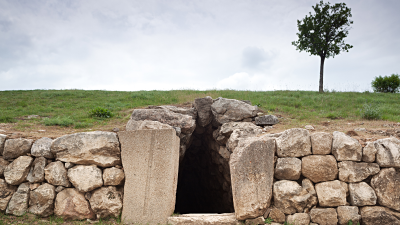 Must-See Places in Hattusa
Must-See Places in Hattusa
In particular, the ruins and documentation from the 17th and 13th centuries, when the best times were enjoyed, must be seen. The Lower City, one of the most important parts of the city, is home to traces of settlement starting from the 19th century BC. The inscriptions unearthed here also provide information about Hattusili I, the founder of the city. The Upper City stands out with sacred sites and temples. There are 5 different gates to enter the Upper City, which stretches out over an area of 1 square kilometer.
 The walls separate the Lower and Upper City from each other and protect the cities against outside intrusion. 4 of the world-famous 5 gates of Hattusa especially stand out. These gates, which are known as King's Gate, Lion's Gate, Underground (Yer) Gate and the Sphinx Gate, add an artistic touch to Hattusa with their spectacular architecture.
The walls separate the Lower and Upper City from each other and protect the cities against outside intrusion. 4 of the world-famous 5 gates of Hattusa especially stand out. These gates, which are known as King's Gate, Lion's Gate, Underground (Yer) Gate and the Sphinx Gate, add an artistic touch to Hattusa with their spectacular architecture.
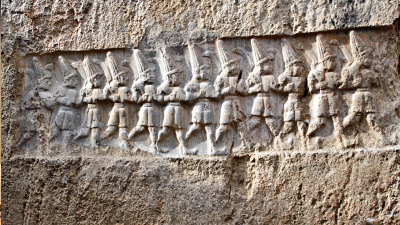 Yazilikaya is another important site in Hattusa. Yazilikaya, which is situated 2 kilometers outside the city, is like an open-air temple. The reliefs of gods and goddesses on the stones are aligned in a regular array. The archaeological remains unearthed in the ancient city of Hattusa are displayed in Corum Museum and Ankara Anatolian Civilizations Museum.
Yazilikaya is another important site in Hattusa. Yazilikaya, which is situated 2 kilometers outside the city, is like an open-air temple. The reliefs of gods and goddesses on the stones are aligned in a regular array. The archaeological remains unearthed in the ancient city of Hattusa are displayed in Corum Museum and Ankara Anatolian Civilizations Museum.
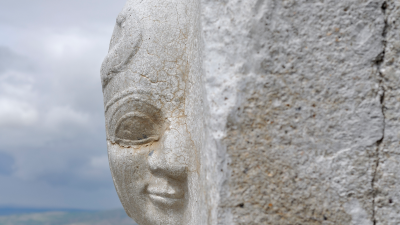 Great works of art were unearthed in Hattusa, which is referred to as the City of A Thousand Gods on cuneiform tablets. These include numerous tablets, temples and palaces, spectacular monumental gates, Buyukkale Palace Complex, Great Temple in the Lower City, the room where the inscription telling about the works of the Hittite King Suppiluliuma II is kept, stunning granaries, and Nisantepe Inscription, the longest hieroglyphic.
Great works of art were unearthed in Hattusa, which is referred to as the City of A Thousand Gods on cuneiform tablets. These include numerous tablets, temples and palaces, spectacular monumental gates, Buyukkale Palace Complex, Great Temple in the Lower City, the room where the inscription telling about the works of the Hittite King Suppiluliuma II is kept, stunning granaries, and Nisantepe Inscription, the longest hieroglyphic.
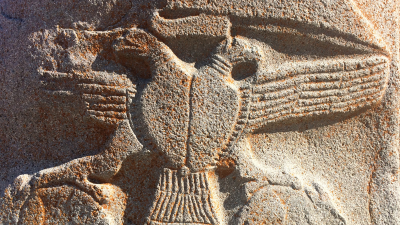 How to Get to Hattusa
How to Get to Hattusa
You can get to the ancient city of Hattusa by your car or by renting a car. Hattusa is situated in Bogazkale, which is located in the southeast of Sungurlu district of Corum. It is 82 kilometers away from the city center of Corum. It is 200 kilometers away from Ankara. Its distance to Esenboga Airport is 242 kilometers. The closest airport to the site is Samsun Carsamba Airport.
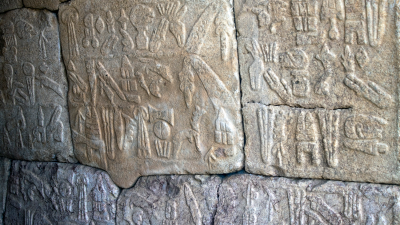 Hattusa is open to visitors 7 days a week. Opening at 8 o'clock in the morning, the ancient city closes at 16:30 in the evening. Entry to the ancient city is free of charge for Museum Card holders and people over age 65 and under 18.
Hattusa is open to visitors 7 days a week. Opening at 8 o'clock in the morning, the ancient city closes at 16:30 in the evening. Entry to the ancient city is free of charge for Museum Card holders and people over age 65 and under 18.
Recommended For You
The Best Sunset Spots in Antal...
Antalya, with its turquoise wa...
Read MoreHidden Paradises of Antalya: T...
Antalya is not only one of Tur...
Read MoreThe Most Beautiful Villages in...
The jewel of the Mediterranean...
Read More